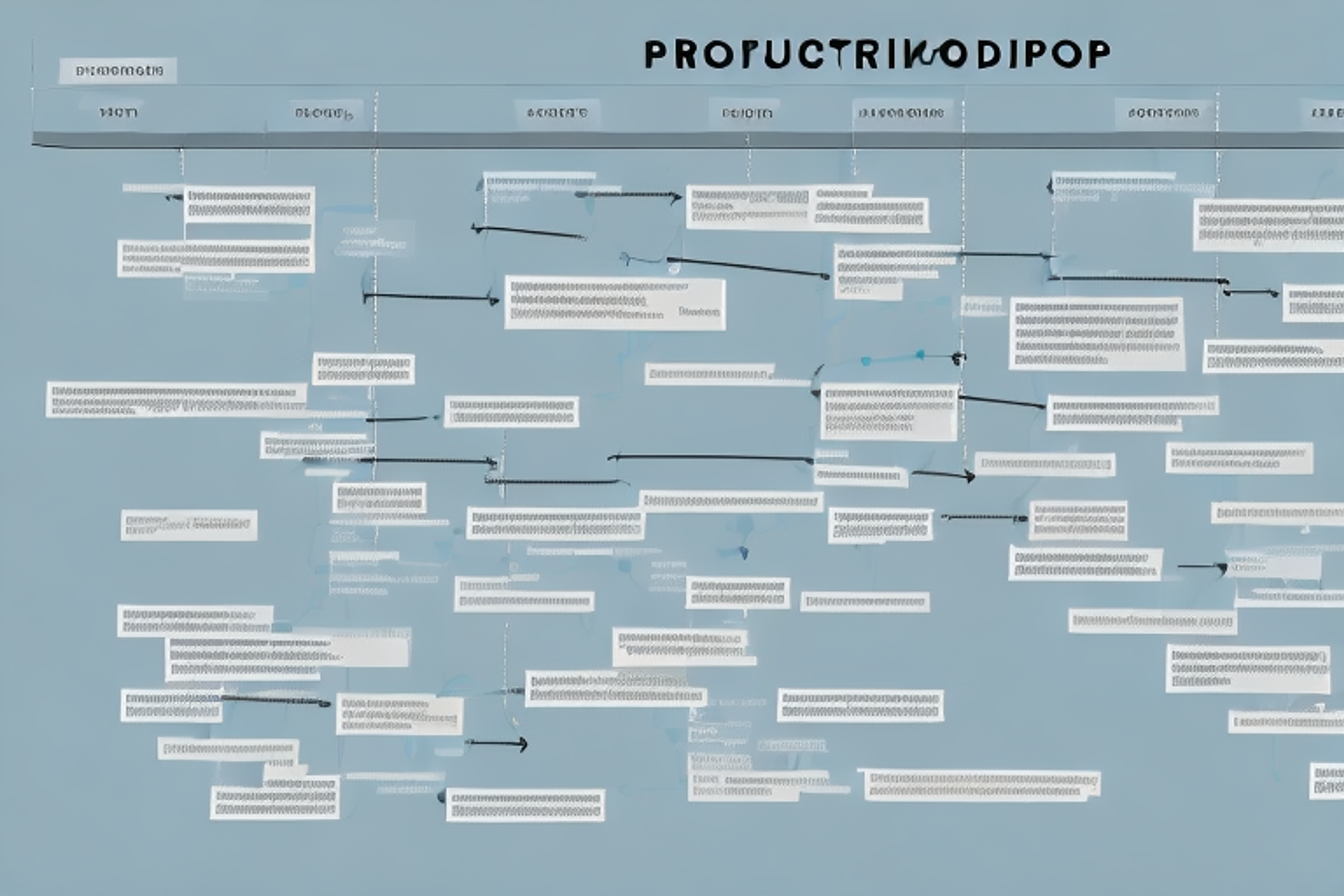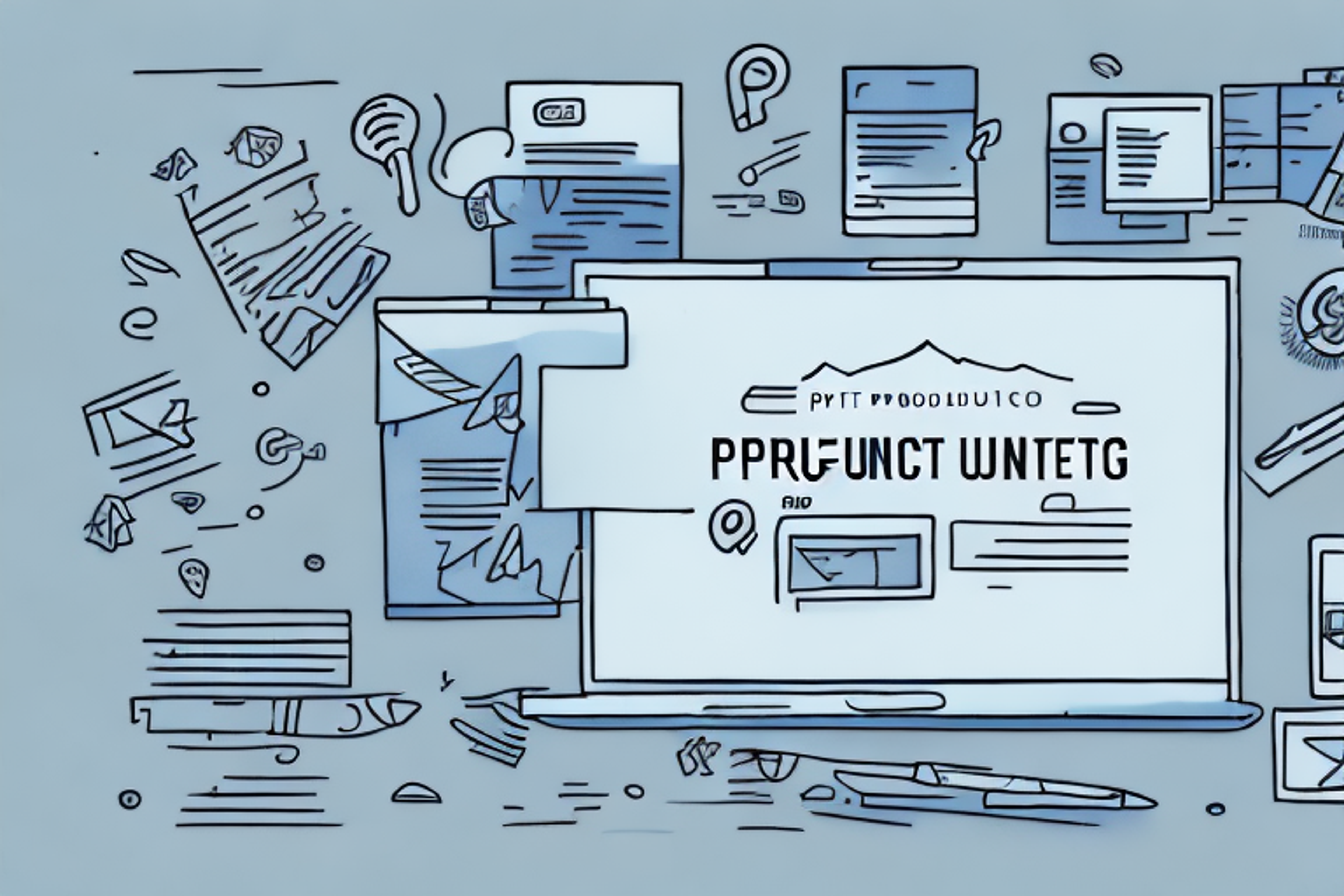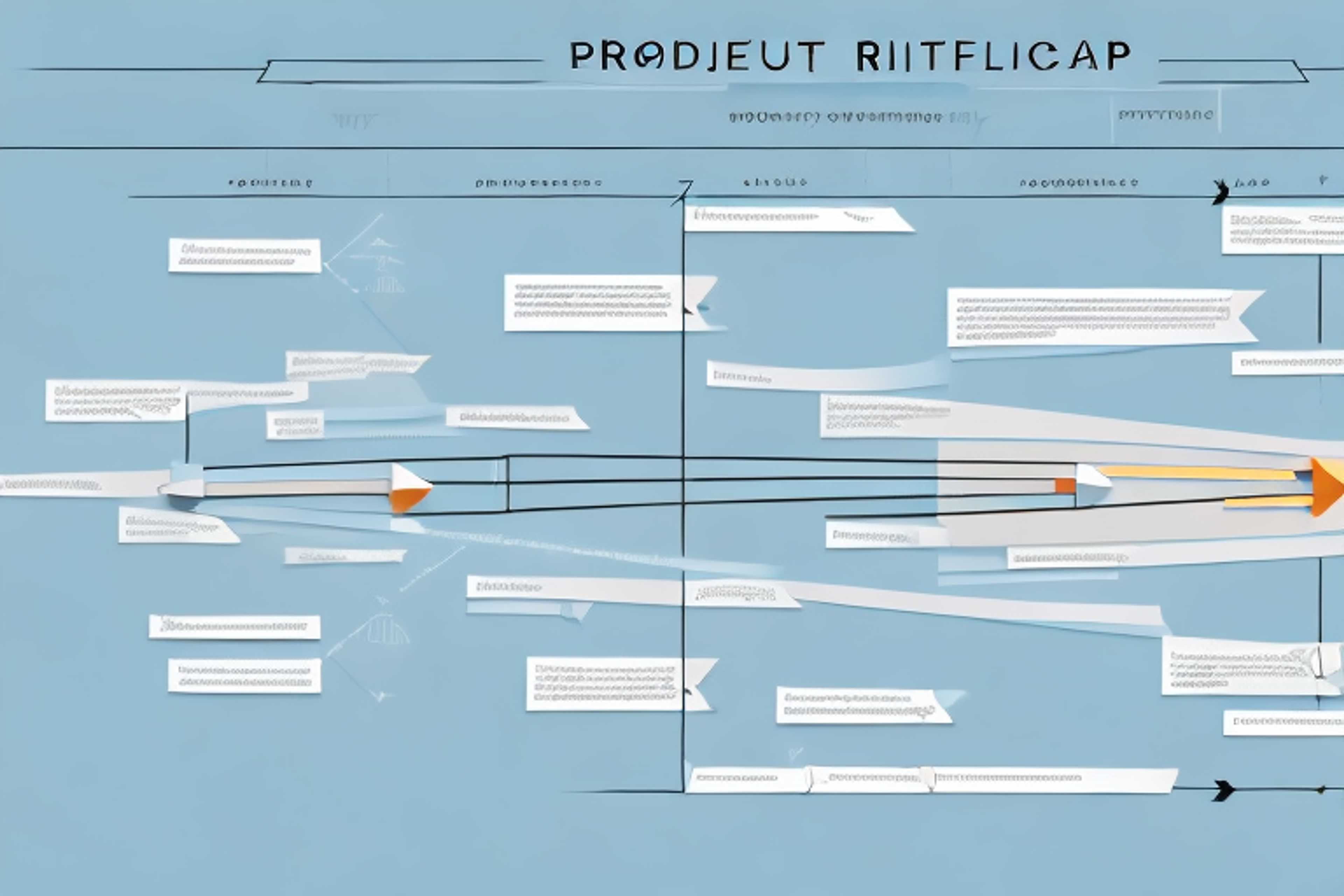Product Management Prioritization: Strategies for Success
Learn the most effective strategies for prioritizing your product management tasks and achieving success in this comprehensive guide.
Posted May 15, 2023

Table of Contents
As a product manager, prioritization is one of the most critical skills you need to master. It is what enables you to focus your team on delivering the most value to your customers while keeping your business goals in sight. In this article, we will explore the importance of prioritization in product management and provide practical strategies that you can use to improve your approach to prioritization for ensuring success.
The Importance of Prioritization in Product Management
Prioritization is the process of deciding what features or initiatives should get done first and what should be saved for later. With limited resources, including time, money, and people, prioritization allows product managers to ensure that their teams are executing the right things at the right time. Prioritization is instrumental as it saves the team's resources from unnecessary work and other distractions that may limit progress towards business goals.
One of the key benefits of prioritization is that it helps product managers to stay focused on the most important tasks. By prioritizing tasks, product managers can avoid getting bogged down in less important work and can instead focus on the tasks that will have the greatest impact on the business. This can help to increase productivity and ensure that the team is making progress towards achieving its goals.
Another important aspect of prioritization is that it allows product managers to be more strategic in their decision-making. By prioritizing tasks based on their importance and impact, product managers can ensure that they are making the best use of their resources and are focusing on the tasks that will have the greatest impact on the business. This can help to ensure that the team is working towards the right goals and is making progress towards achieving them.
How to Use Data to Prioritize Product Features
Data-driven prioritization is a technique that analyses the impact and feasibility of your product features, for example, by analyzing user feedback, market analysis, and user journey mapping. It helps to understand which features are high in demand to ensure that your team makes smarter decisions and eliminates time spent on features that users are not interested in.
One of the key benefits of data-driven prioritization is that it allows you to make informed decisions based on objective data, rather than relying on subjective opinions or assumptions. This can help to reduce the risk of investing time and resources into features that may not be successful in the market.
Another important aspect of data-driven prioritization is that it enables you to continuously monitor and evaluate the success of your product features over time. By regularly analyzing user feedback and other relevant data, you can identify areas for improvement and make adjustments to your product roadmap as needed.
Techniques for Identifying and Analyzing User Needs
Identifying and analyzing user needs is critical for product success. To gather insights about users, product managers need to analyze user feedback, demographics, user behavior, and user journey. Product managers can use various techniques like focus group discussions, in-depth interviews, and survey research to gain insights.
One important technique for identifying user needs is conducting usability testing. This involves observing users as they interact with a product or prototype, and noting any issues or areas of confusion. Usability testing can provide valuable insights into how users actually use a product, and can help product managers identify areas for improvement. Additionally, product managers can use data analytics tools to track user behavior and identify patterns or trends. By combining multiple techniques for gathering user insights, product managers can develop a comprehensive understanding of user needs and create products that meet those needs.
Balancing Customer Requests with Business Goals
While customer feedback and requests are instrumental in shaping the product roadmap, it's equally essential to ensure that your team's resources are in line with your business goals. Customer feedback is valuable when it aligns with your company's vision and helps you achieve your goals. Balancing customer feedback and business goals ensures that a company's business model is supporting the company's growth long term.
However, it's important to note that not all customer feedback should be implemented. Some requests may not align with your business goals or may not be feasible with your current resources. It's important to carefully evaluate each request and prioritize those that will have the greatest impact on your business objectives. By doing so, you can ensure that your team is working on the most important tasks and that your product is meeting the needs of your customers while also driving business growth.
Creating an Effective Product Roadmap
A product roadmap is a strategic document outlining a product's planned features and can be helpful in aligning the team stakeholders on product goals and how product development work will be carried out. Prioritization plays a key role in deciding what makes it onto the product roadmap. You can use prioritization methods like impact vs. feasibility or the KANO model to ensure that the features on the product roadmap align with the product vision and desired objectives.
Another important aspect of creating an effective product roadmap is to regularly review and update it. As the market and customer needs change, it's important to ensure that the product roadmap reflects these changes. This can be done by conducting regular customer research and gathering feedback from the team and stakeholders.
It's also important to communicate the product roadmap to all stakeholders, including the development team, sales team, and executives. This helps to ensure that everyone is aligned on the product vision and goals, and can work together towards achieving them. Regular updates and progress reports can also help to keep everyone informed and engaged in the product development process.
Tips for Communicating Priorities to Stakeholders
Communicating priorities to stakeholders is as important as setting priorities. Stakeholders could be cross-functional teams, executives, or even your team members. They need to understand the priorities so that they can align their activities with what the team is working on and why. Tips for effective communication include regular meetings, reports, and status updates. Teams can also use visual aids like Gantt charts and other diagrams to illustrate the scope of work and when the work will be completed.
Managing Conflicting Priorities and Stakeholder Demands
In product development, conflicting priorities can arise from executive teams, stakeholders, the sales and marketing team, or other cross-functional teams. It is essential to work with these teams to establish a consensus on what needs to be done first based on your company's vision and mission. It's important to recognize that conflicting priorities will occur and plan ahead and work out a system that serves all stakeholders' best interests.
Strategies for Adjusting Priorities Based on Feedback and User Behavior
In agile product management, product managers need to monitor the product regularly, review metrics, conduct experiments, and receive feedback to know what to prioritize further. This allows the product team to adjust the product's priority depending on the feedback and user behavior. Since needs can change without the data to support decisions, it's important for product managers to test the assumptions behind our prioritizations, accept the feedback, and pivot when circumstances change.
The Role of Agile Methodology in Product Prioritization
The Agile framework is built on prioritization with an aim to enhance products' outcome. The agile framework enables the team to breakdown features into smaller portions called epics, user stories, or tasks, which allows teams to prioritize accordingly. Prioritizing smaller portions in advance allows the team to estimate the amount of work involved, and the development of each smaller part can be prioritized as needed.
Best Practices for Collaborating with Cross-functional Teams in Prioritization
It's important to collaborate with cross-functional teams when prioritizing. Key features of effective collaboration are meeting regularly, setting clear expectations, and developing frameworks for making decisions about what to prioritize. Teams that prioritize together are able to ensure all angles of the company's vision and objectives are considered.
Common Mistakes to Avoid in Product Management Prioritization
Mistakes made while prioritizing and working on products include missing out on valuable product insights, failing to allocate enough resources to the most important initiatives, and not communicating to all stakeholders about the priorities. It is important to believe in the product vision and stick to it. So it's wise to take the time to listen to users' feedback, thoroughly analyze the data, and come to decisions that support the product vision and company objectives.
Measuring the Success of Your Product Management Prioritization Strategy
Measuring how effective your prioritization strategy is essential to know whether the decisions made did impact the product. Metrics such as time to market, customer satisfaction, user growth, adoption rate, and revenue are good indicators to tell you if the priorities you set were the right ones.
The Future of Product Management Prioritization: Trends and Predictions
The future of prioritization in product management is dynamic and will change as markets and customers change. Trends include faster feedback, the prioritization of user experience, better use of data to drive decision-making, and more automation to help teams make faster and more efficient prioritization decisions.
Key Takeaways: Implementing Successful Product Management Prioritization
To prioritize successfully, you need to pay attention to customer needs, understand and align with your business goals, be able to adjust priorities in response to feedback and user behavior, and engage with stakeholders and collaborate with cross-functional teams. Ensure to have an effective product roadmap, allocate the right resources, and avoid common mistakes. Finally, establish clear metrics for measuring the effectiveness of your strategy to ensure that your priorities support your company's short and long-term objectives in a dynamic technological landscape.



















